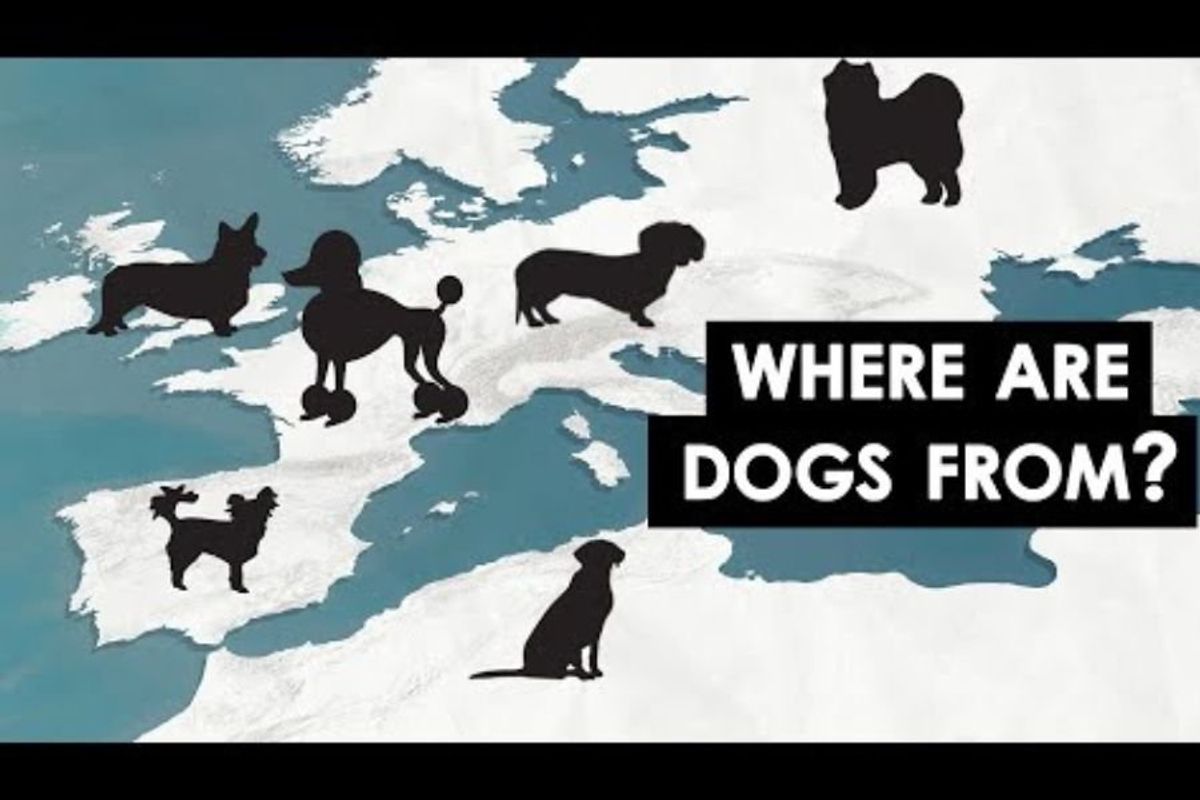
No other mammal is as varied in size, shape, color and features as domestic dogs. If you put a Chihuahua and a Puli in front of an alien, they would never guess they were the same kind of animal. Seriously, how can a Dachshund, a Poodle and a Samoyed all be the same species?
Some dog breed origins are somewhat discernible by the location clues in their names, such as Newfoundlands, Labrador Retrievers, Alaskan Malamutes and Great Danes. Other names have recognizable regional language roots, like the Shih Tzu and Shiba Inu. We associate Poodles with the French and Huskies with the Arctic, but there are over 450 dog breeds the world over. Where did they all come from?
It could take hours to explore the vast history of dog breeds, but a video from BioArk offers a fascinating and entertaining overview in less than 20 minutes.
The story of domesticated dogs began more than 23,000 years ago when nomadic peoples started giving wolves table scraps. Since then, dogs have evolved alongside humans as our loyal companions, hunting helpers and protectors, but most modern dog breeds bear little resemblance to their wolf ancestors.
Some evolutionary change and adaptation are to be expected over thousands of years, of course, but that doesn’t explain the enormous variety in dog breeds in a relatively short period of time. While dog breeds originated on basically every continent, a good percentage of the dogs we know today came from what’s known as the Victorian Explosion, when intentional dog breeding intensified and expanded in the British Isles in the 19th century. Even so, as the video explains, each dog breed’s unique history almost acts like a microcosm of the history of the culture it came from.
Check out BioArk’s “Where Every Dog Breed Came From” for the full overview:
